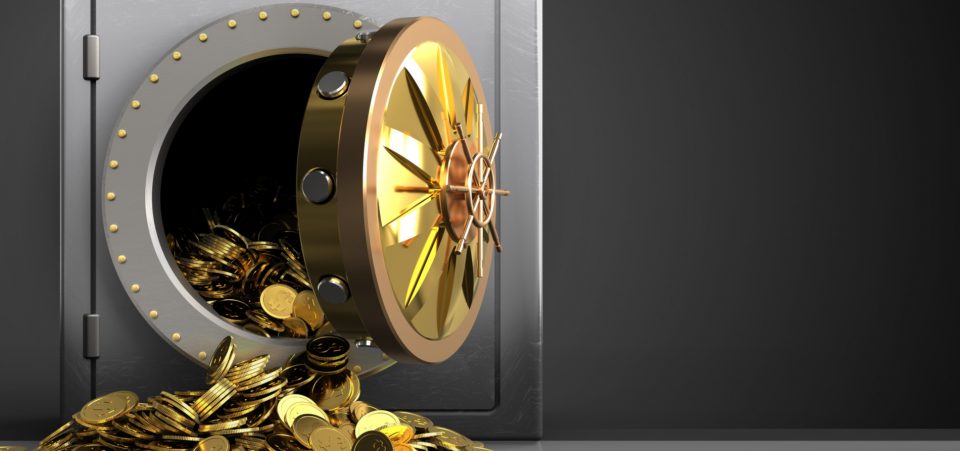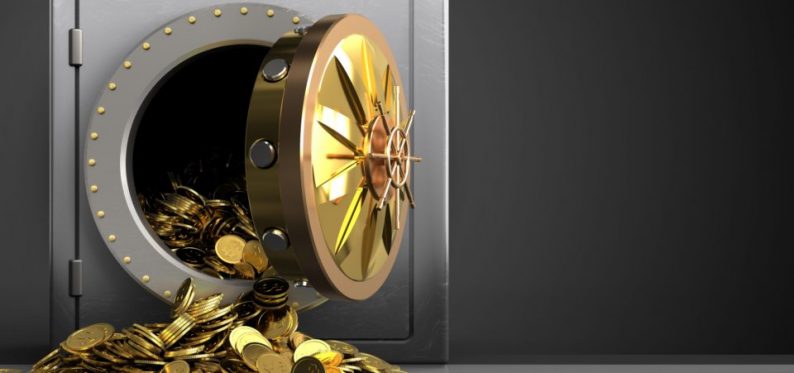
iStock.com/Madmaxer
Change in Fed Plans Isn’t Only Factor Pushing for Higher Gold Prices
Federal Reserve Chair Jerome Powell recently delivered some choice words at Jackson Hole, Wyoming. He signaled a reconsideration of the Fed’s interest rate policy.
Interest rates now may not increase as much as expected. That means a few things, but as far as investing in precious metals is concerned, it suggests that gold prices will start bouncing back faster than anyone expected.
Unfortunately, some investors will simply use the revised, more dovish, interest rate trend to double down on higher-risk investments like equities. They will follow the standard logic whereby lower interest rates will stimulate the markets.
The indices will rise again, pushing stocks on Wall Street to new highs, perhaps surpassing the lofty heights achieved in January, with major upside technical violations carried out by the S&P 500 and the Nasdaq.
Or perhaps not.
Logic Will Return to the Markets
Certainly, if logic returns to the markets, many stocks will collapse. At the same time, a return to logic would also boost safe-haven investments.
With the all-but-definitive depression in Bitcoin and cryptocurrency valuations, gold and precious metals will regain their top safe-haven investment status and the price of gold will take a bullish turn.
Admittedly, the chance of gold prices rising may still appear as science fiction. After all, conditions have been favorable to gold for some time now.
And judging even by the latest gold rally (and its fizzling out) in August, even the most bullish of gold investors would find it difficult to remain optimistic.
Indeed, the rising trade tensions between the United States and China, not to mention the ones between the U.S. and Europe (and the ever more stressed geopolitical environment in general), the price of gold should have already gone up significantly.
Instead, investors have not tripped over themselves to grab safe-haven assets like gold or silver. The gold price has actually dropped, no matter how dire the effects of the 21st century version of the trade wars might be.












Leave A Comment